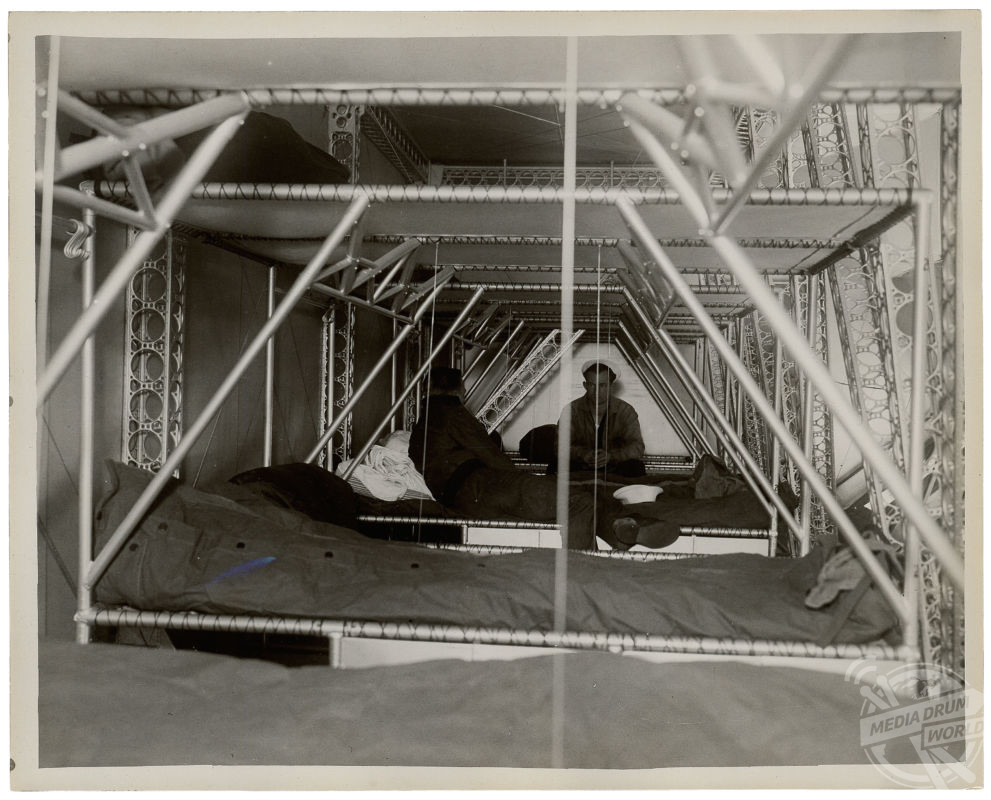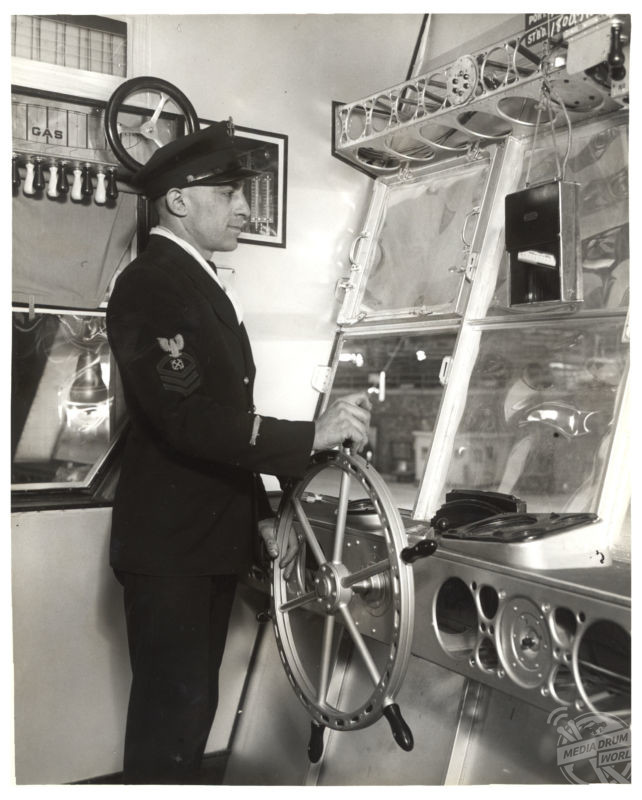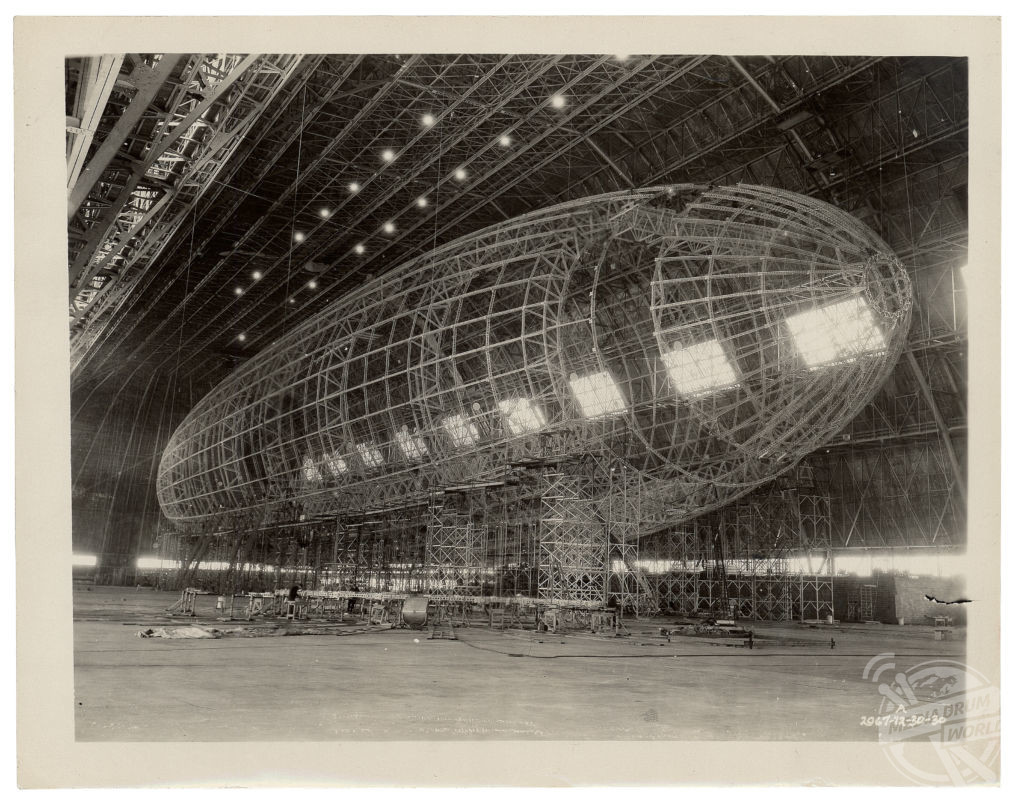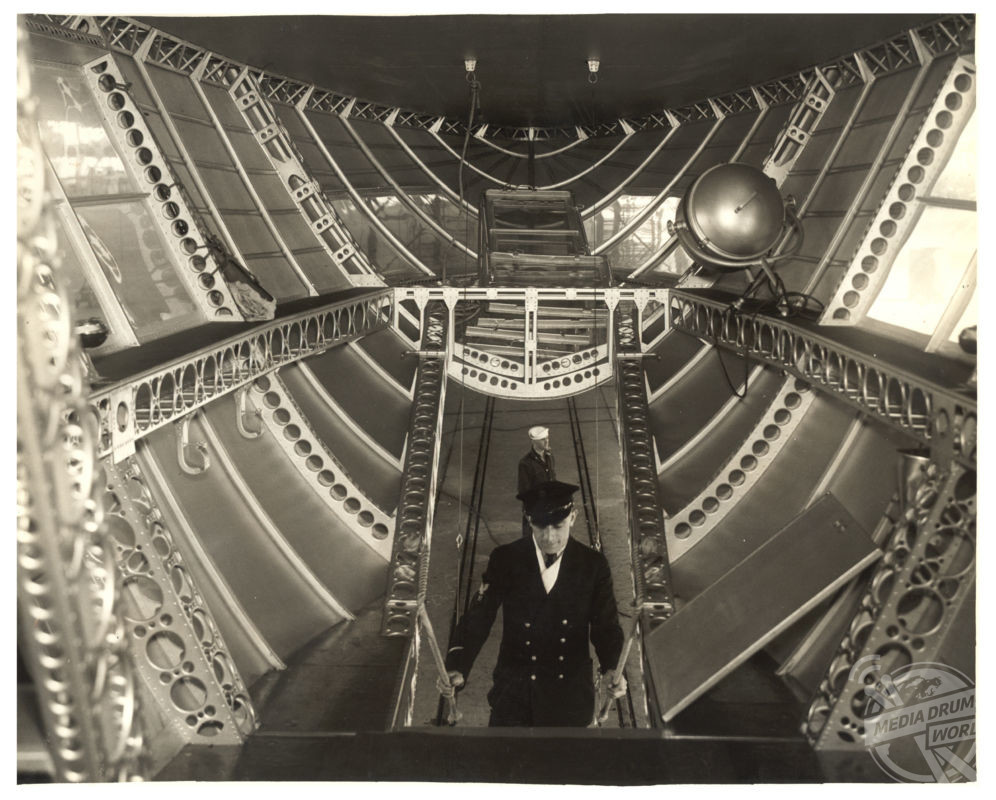By Alex Jones
REMARKABLE photos show the construction of the world’s deadliest airship which was responsible for the loss of 75 lives.
On 4 April 1933, the world watched in horror as reports came in of a calamitous airship crash off the coast of new Jersey following a fierce thunderstorm.
The USS Akron – the largest aircraft in the world when it was built by the US Navy – had crashed, killing 73 of the 76 crewman and passengers.

A thorough investigation into airships was conducted, with thousands of photos analysed by the Joint Committee to Investigate Dirigible Disasters to determine responsibility for the crash. These iconic photos include an inside look of the hull of the ill-fated ship, a snapshot of the a 785-foot dirigible floating serenely above Manhattan, and a photo of the three men who survived that fateful day.
When considering airship crashes, most minds will jump to the Hindenburg tragedy in 1937 with the devastating photos of the dirigible bursting into flames.
However, over twice the amount of people died (73) when a violent storm sent USS Akron plunging tail-first into the Atlantic Ocean as compared to the Hindenburg (36).

There were no life vests onboard the doomed USS Akron and many of the passengers drowned in the cold, swirling waters of the ocean in the dead of night.
Another two lives were lost in the rescue operation, resulting in a total of 75 deaths.
In the 1930s, rigid airships, or dirigibles, were seen as the technology of the future. They were used in World War I for scouting and even bombing attacks, while after the war the U.S. Navy believed it could use the dirigibles as airborne aircraft carriers.

However their predictions of the next generation of long distance travel had to be revised after USS Akron was involved in several minor crashes in its two years of service before it was eventually claimed by the sea.
In the end it appears that the crash of the Hindenburg – with the infamous distressed cries of ‘Oh the Humanity!’ heard as footage caught the ship go up in flames – sealed the airships fate.

In 1930 a British R-101 airship crashed and burned, resulting in 48 deaths, followed by the terrible losses on USS Akron three years later but as the tragedies were not captured on film, the impact of these terrible accidents were not felt as much as the 1937 Hindenburg inferno.
Following the terrifying footage of the Hindenburg disaster, airships, once seen as the future of international travel, were relegated to history.







